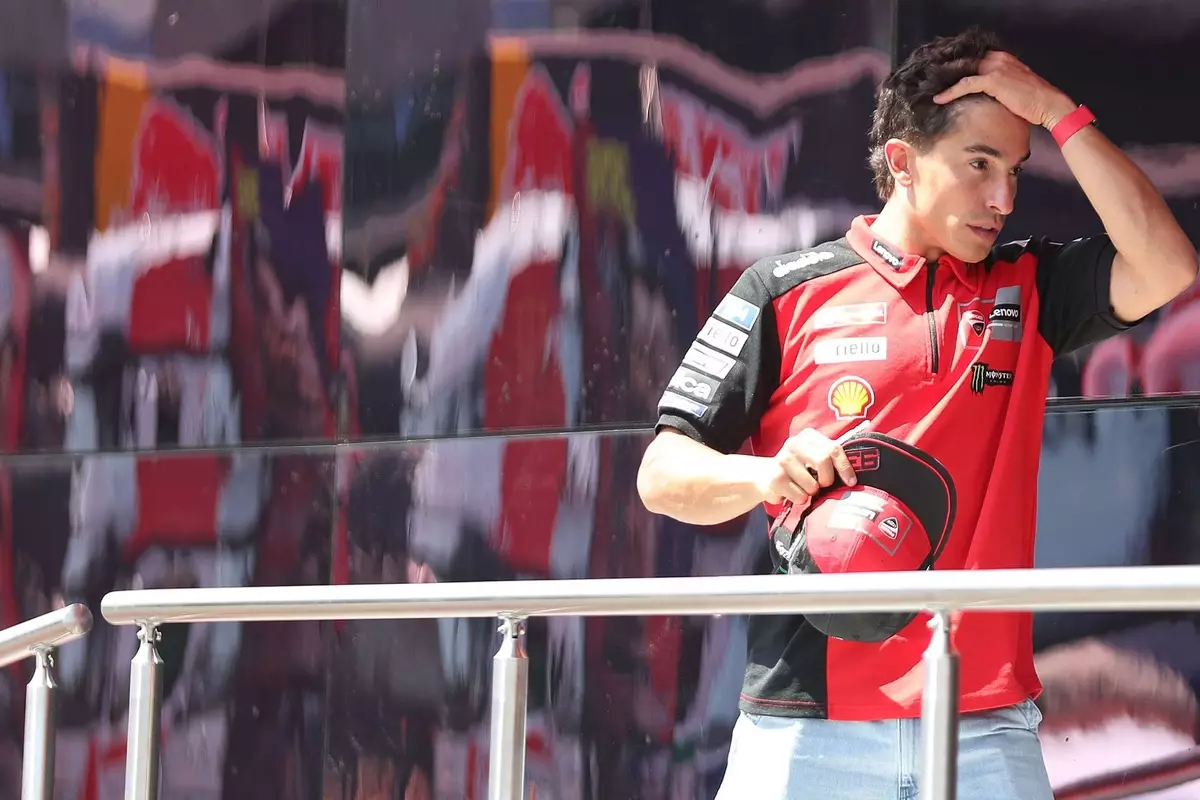The advent of new electronic systems in motorcycle racing often sparks fierce debate about the essence of the sport—whether it’s about human skill or technological aid. This weekend’s Austrian GP introduces a controversial stability control system designed to mitigate dangerous crashes by reducing engine torque when the bike begins to slide. While touted as a safety feature, its implementation raises fundamental questions about the future of rider autonomy and the purist spirit of MotoGP. The contradiction lies in the fact that the series is simultaneously pushing other technical limits—banning ride height and holeshot devices and restricting aerodynamics—yet now embraces a system that reduces rider input through electronics. This dichotomy reveals a growing tension: is MotoGP genuinely evolving into a technology-driven contest, or is it losing its core competitive essence?
Riders Push Back: A Fight for Natural Talent
The response from the sport’s top talents is clear: resistance. Marc Marquez, a legend celebrated for his daring riding style and unparalleled instinct, voiced disapproval of the stability control system. His history of highside crashes—some nearly catastrophic—has deeply shaped his perspective. Marquez argues that the more technology intrudes upon the bike’s behavior, the less influence a rider truly has. During testing, he noted that the system simplifies riding, removing the challenge and, arguably, undermining the skill element that makes MotoGP thrilling. For him, safety should enhance rider performance, not suppress it.
Pedro Acosta, hailed as one of the brightest young talents, echoes Marquez’s sentiments. The rising star implies that such aids could distort the natural progression of rider development and competition. Instead of embracing more electronic intervention, he suggests that the sport should move toward removing these aids altogether. “We need to start thinking about going back to basics,” Acosta suggests, aligning with a vision of racing that prioritizes raw talent over technological safety nets.
The Counterargument: Technology as an Equalizer
Despite the passionate opposition, some see digital assistance as an inevitable evolution rather than a threat. Marco Bezzecchi, representing Aprilia, recognizes the potential impact of electronics but believes true racing talent will shine through in the long run. He argues that while electronics may momentarily level the playing field, skill, experience, and rider adaptability will ultimately prevail. Bezzecchi’s optimistic outlook suggests that technology, if used wisely, can serve as a tool to enhance rider safety without compromising the competitive essence of motorcycle racing.
However, this perspective underestimates the fundamental shift these aids introduce. Instead of merely leveling the field, they risk transforming the sport into a largely automated contest where rider input becomes secondary. The concern is that future generations could become dependent on electronic aids, diminishing the importance of raw skill and instinct. It fosters a scenario where rider talent could be overshadowed by the sophistication of software, raising questions about the authenticity of racing as a test of human capability.
The Future of MotoGP: Innovation vs. Tradition
The ongoing debate reveals a broader philosophical divide within the sport. Is MotoGP headed toward a future where technology defines performance? Are safety measures, notoriously necessary yet potentially intrusive, eroding the tradition of rider mastery? It’s a delicate balancing act. The sport must prioritize rider safety without sacrificing the attributes that generate excitement and respect—the courage, intuition, and skill of top racers.
The imbalance observed in current regulations points to a sport in transition. With advancements in electronic aids, the very idea of what it means to be a ‘top rider’ is evolving. As younger riders like Acosta and seasoned veterans like Marquez illustrate, the instinct to oppose excessive electronic interference teams up with the desire to preserve a sport rooted deeply in human mastery. Yet, the racing world also demands progress. The challenge lies in integrating innovations meaningfully without compromising the soul of competition.
As MotoGP moves forward, the struggle will be to strike a balance—embracing transformative technology that enhances safety and fairness while ensuring that the essence of human skill remains at the heart of racing. It is not merely an engineering issue, but a cultural debate that questions what we truly value in sport: the human element, or the pursuit of technological perfection.


Leave a Reply